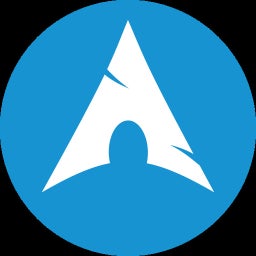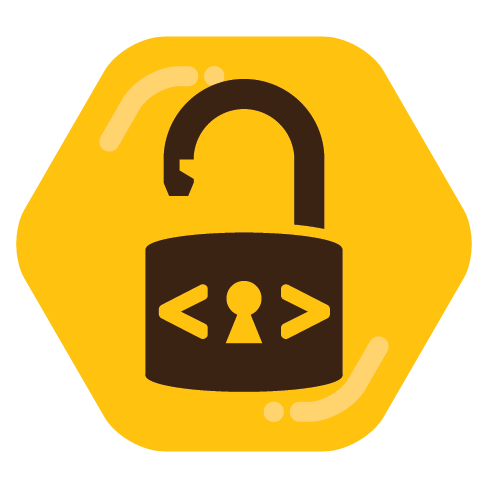

Reading up on RDP as it’s something I do not utilize, I wondered just how encumbered RDP is compared to Spice and VNC. Wonder how third-party server and clients are handling the patent-encumbered protocol.
Do third parties implement an older standard of the RDP protocol that isn’t as encumbered?

















There are good reasons for why both JPEG-XL and WebP exist though.